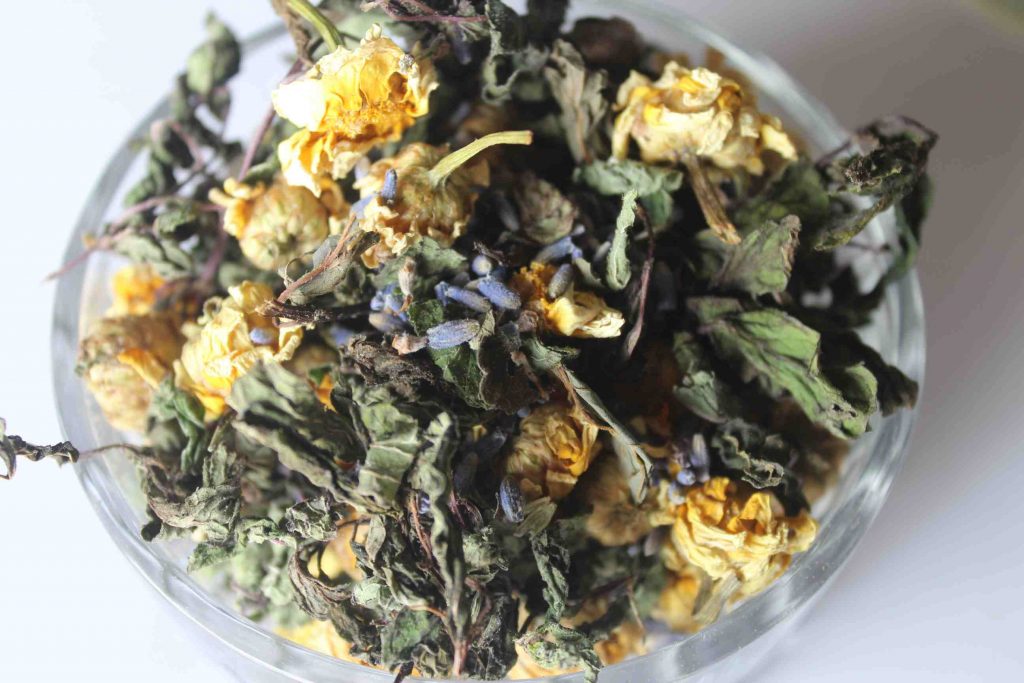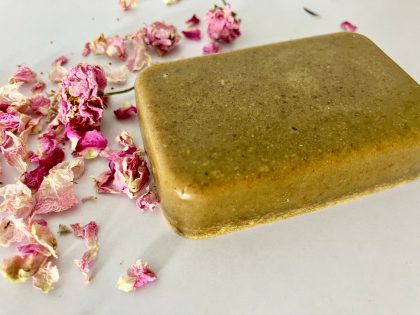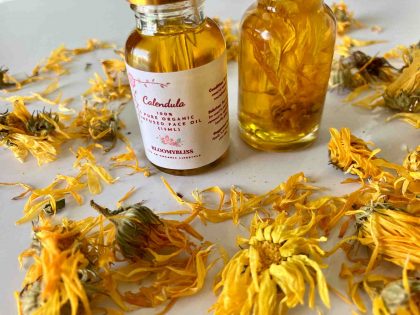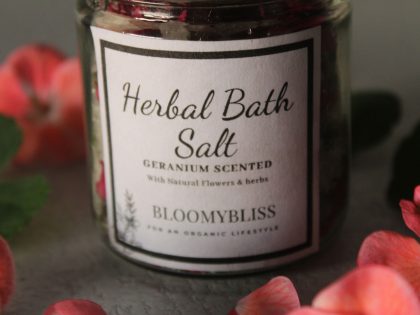Ayurveda, the ancient Indian system of medicine and wellness, has a rich history that spans over 5,000 years. Derived from the Sanskrit words “Ayur” (life) and “Veda” (science or knowledge), Ayurveda translates to “the science of life.” This holistic approach to health emphasizes the balance between mind, body, and spirit and integrates various practices, including diet, herbal remedies, yoga, meditation, and daily routines such as bathing. Bathing in Ayurveda is not merely a hygienic practice but a ritual that promotes physical, mental, and spiritual well-being.
Origins and Philosophy
The origins of Ayurveda can be traced back to the Vedic period in ancient India, where it was developed and documented by sages and scholars. The foundational texts of Ayurveda are the Charaka Samhita, Sushruta Samhita, and Ashtanga Hridaya, which outline the principles, diagnosis, and treatment of various ailments.
Ayurveda is based on the concept of the three doshas—Vata, Pitta, and Kapha—representing different physiological and psychological characteristics. A balance among these doshas is crucial for maintaining health and well-being. Ayurvedic practices, including bathing, aim to balance the doshas and harmonize the body’s energy.
Ayurvedic Bathing Rituals:
Abhyanga (Oil Massage): Abhyanga, or self-massage with warm oil, is a cornerstone of Ayurvedic bathing rituals. Traditionally, oils like sesame, coconut, or mustard are infused with herbs and applied to the body. This practice helps to nourish the skin, improve circulation, detoxify the body, and calm the mind. Each dosha benefits from different oils: sesame oil for Vata, coconut oil for Pitta, and mustard oil for Kapha.
Snana (Bathing): Snana, or bathing, is considered a sacred and purifying practice in Ayurveda. It involves the use of herbal powders, pastes, and natural cleansers instead of synthetic soaps. Herbs like turmeric, sandalwood, neem, and gram flour are commonly used for their cleansing and therapeutic properties. Bathing is believed to remove impurities, rejuvenate the skin, and balance the doshas.
Herbal Baths: Herbal baths involve soaking in water infused with medicinal herbs and flowers. These baths are tailored to an individual’s dosha and health condition. For example, a Vata-balancing bath might include calming herbs like ashwagandha and tulsi, while a Pitta-balancing bath could include cooling herbs like rose and sandalwood. Herbal baths help to detoxify, soothe, and revitalize the body.

Ubtan (Herbal Paste): Ubtan is a traditional Ayurvedic body scrub made from a mixture of flours, herbs, and oils. This paste is applied to the skin to exfoliate, cleanse, and nourish. Ingredients like chickpea flour, turmeric, sandalwood, and milk are commonly used. Ubtan enhances skin texture, removes dead skin cells, and imparts a natural glow.
Swedana (Steam Therapy): Swedana, or steam therapy, is used to open the pores, promote sweating, and remove toxins from the body. This practice is often performed after Abhyanga and before bathing. Herbal steam baths can be customized with various herbs and essential oils to address specific health needs and balance the doshas.
Ayurvedic Wellness Practices:
Dinacharya (Daily Routine): Dinacharya, or daily routine, is an essential aspect of Ayurveda that includes practices to maintain health and balance. Morning rituals like tongue scraping, oil pulling, and yoga are integral to this routine. Bathing is considered a crucial part of Dinacharya, promoting hygiene, relaxation, and mental clarity.
Rasayana (Rejuvenation Therapy): Rasayana refers to rejuvenation therapies that enhance vitality, longevity, and well-being. These therapies often include herbal treatments, dietary recommendations, and lifestyle practices. Regular oil massages and herbal baths are part of Rasayana, helping to rejuvenate the body and mind.
Panchakarma (Detoxification): Panchakarma is a comprehensive detoxification and purification program in Ayurveda. It involves a series of therapies, including Abhyanga, Swedana, and herbal enemas, to eliminate toxins and restore balance. Bathing and oil massage play a vital role in preparing the body for detoxification and enhancing the efficacy of Panchakarma treatments.
Modern Relevance: In today’s fast-paced world, Ayurvedic practices for bathing and wellness offer a sanctuary of peace and rejuvenation. These time-honored rituals provide a holistic approach to self-care, addressing not just the physical but also the mental and spiritual aspects of well-being. Incorporating Ayurvedic principles into daily life can lead to improved health, reduced stress, and a deeper connection with oneself.
BloomyBliss: Embracing the Essence of Indian Ayurveda with Himalayan Herbal Excellence
Inspired by the ancient wisdom of Indian Ayurveda, BloomyBliss is dedicated to bringing the timeless benefits of this holistic science to modern wellness. Drawing from the rich tradition of Ayurvedic practices, BloomyBliss offers a range of natural, organic, and herbal products sourced from the BloomyBliss Organic Farm located in Himalayas range Uttarakhand. These products are crafted with the finest ingredients, meticulously selected to promote overall well-being. BloomyBliss combines the therapeutic properties of Himalayan herbs with the purity of organic formulations, ensuring that each product nurtures the body, mind, and spirit. By harmonizing traditional Ayurvedic principles with contemporary needs, BloomyBliss provides a pathway to holistic health and natural beauty, echoing the enduring legacy of Ayurveda in every offering.
Conclusion: The history of Indian Ayurveda in bathing and wellness is a testament to the enduring wisdom of ancient practices. By embracing these rituals, we can cultivate a balanced and harmonious life. Whether through an indulgent oil massage, a soothing herbal bath, or a revitalizing steam session, Ayurvedic bathing rituals offer a profound way to nurture and heal the body and mind. Reconnect with the ancient art of self-care and experience the transformative power of Ayurveda in your daily life.
-
Set of 4 Wild Rose & Multani Mitti Organic SoapsOriginal price was: ₹480.00.₹360.00Current price is: ₹360.00.
-
Calendula Infused Oil | Organic Face Oil₹299.00
-
Geranium Scented bathsalt | Luxury Organic Bath salt₹480.00



